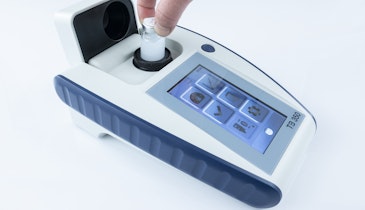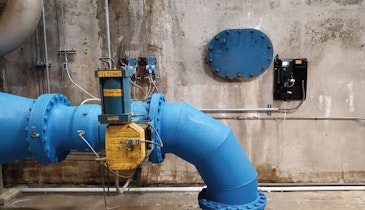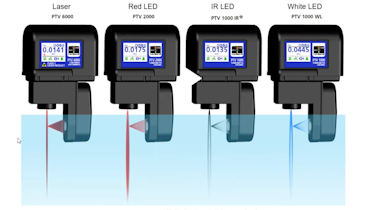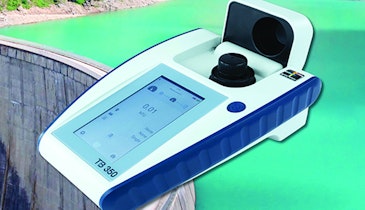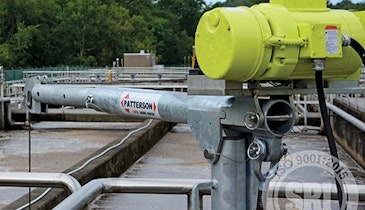
The Lovibond PTV series of process turbidimeters offer three different incident light sources:

These different light sources were needed to meet regulatory requirements, which differ across the world.
The PTV 1000 WL and the PTV 2000 versions are approved by the USEPA under the Safe Drinking Water Act and are applicable for use in reporting filter effluent and combined filter effluent turbidities from drinking water plants. The PTV 1000 IR version complies with the ISO 7027 design criteria for turbidity measurement below 40 FNU.
With respect to these three versions of turbidimeters, it is only the light source that differs. All other instrument components are the same. Although these three light sources are regulatory approved, they are expected to deliver slightly different results. These differences and their causes will be discussed.
This discussion focus is on the regulated part of drinking water turbidity. When used in this application, the turbidity will be below 0.3 NTU, and for many plants the target turbidity will be below 0.1 NTU. As measurements approach these levels, these different light sources will lead somewhat different readings relative to each other. However, the impact from the regulatory perspective will be minimal. The driving factors that impact the differences between these three light sources are: effective light scatter, stray light, and color.
Download the white paper below to learn more.
Download White PaperVisit the Lovibond Storefront
